Boring – more about cheap scatter materials
Time has been spent these last few weeks covering up the bare baseboard and the shiny screws:

The aims were to find a series of scatter materials that could be easily replicated and were cheap – better still ‘free’. In our case the answer lies in the garden. We had a quantity of gravel left over from some construction work.
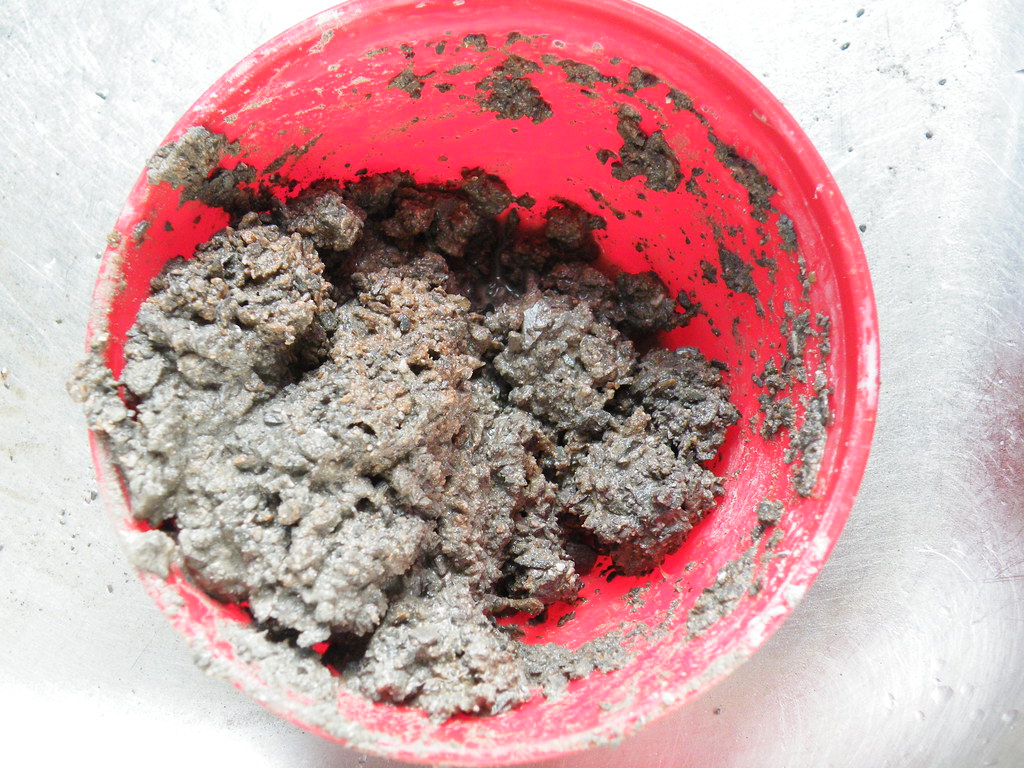
Waste Gravel straight from the garden.
First the material needs washing – you should be on good terms with the lady of the house as you will need the stainless steel wire mesh sieve from the kitchen to pass the fine material through. Wet sieving with a flow of water is far superior to dry sieving.
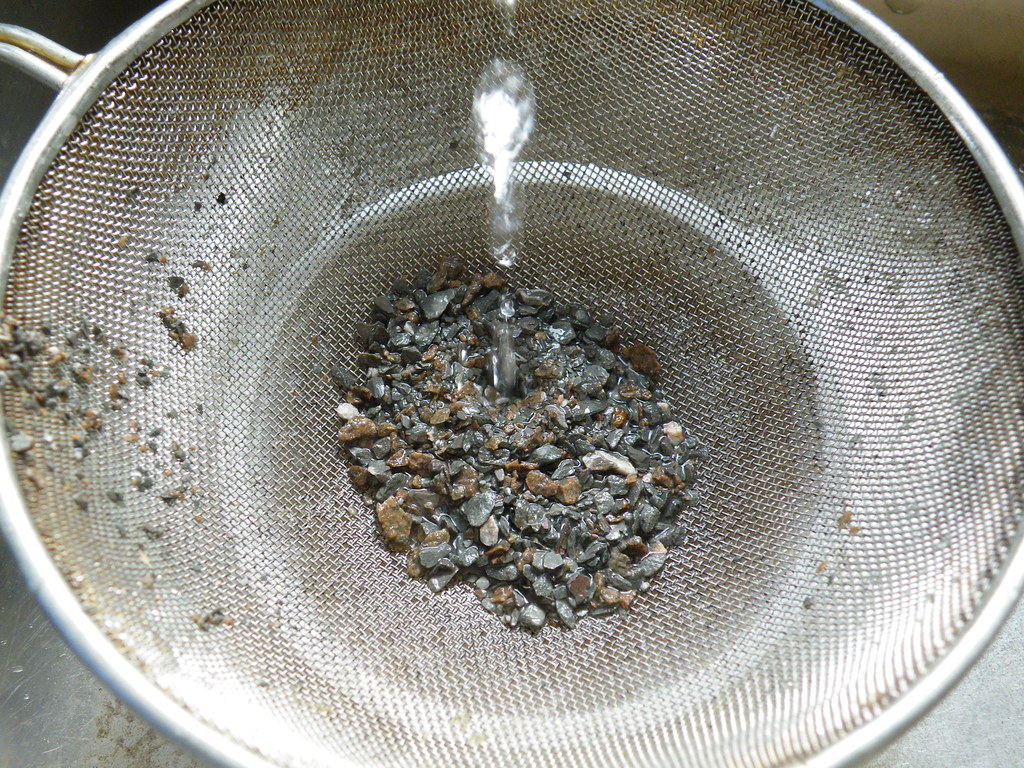
Wet Sieving
The residue should look something like this. If there is a lot of clay / dust present this will be carried over in the washing water and in my case was allowed to flow away.
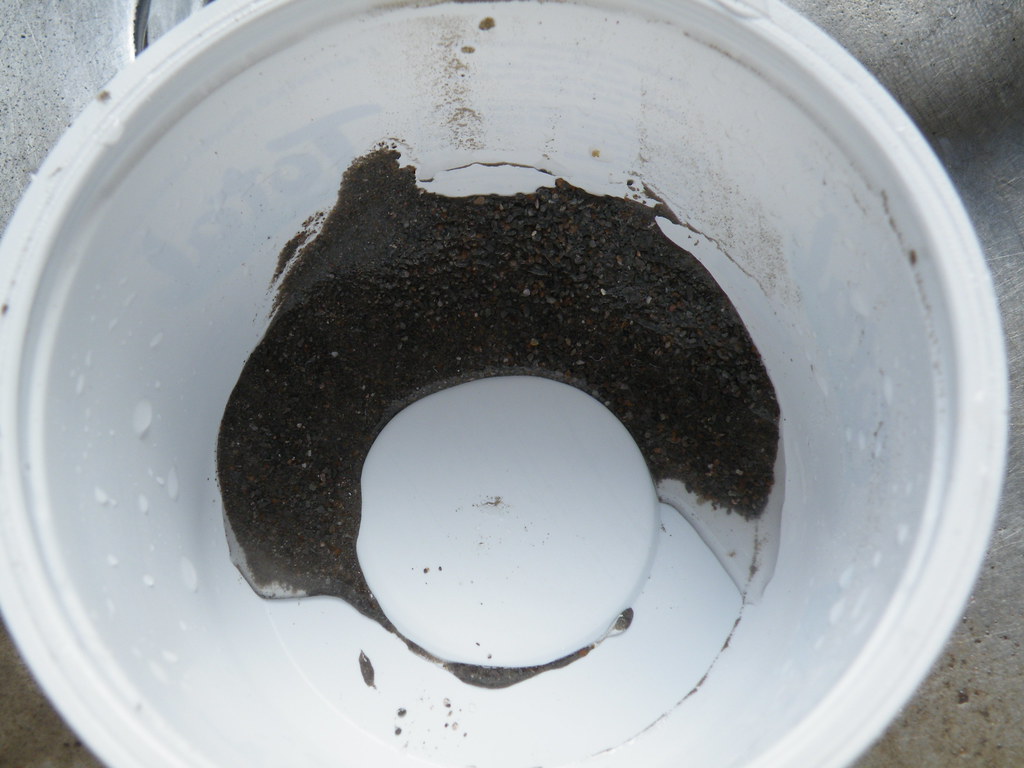
The Fine Residue - wet
The fine residue is then oven dried - I also separately dried the larger gravel. A couple of hours on a low heat should be fine – bottom right oven in our Aga.
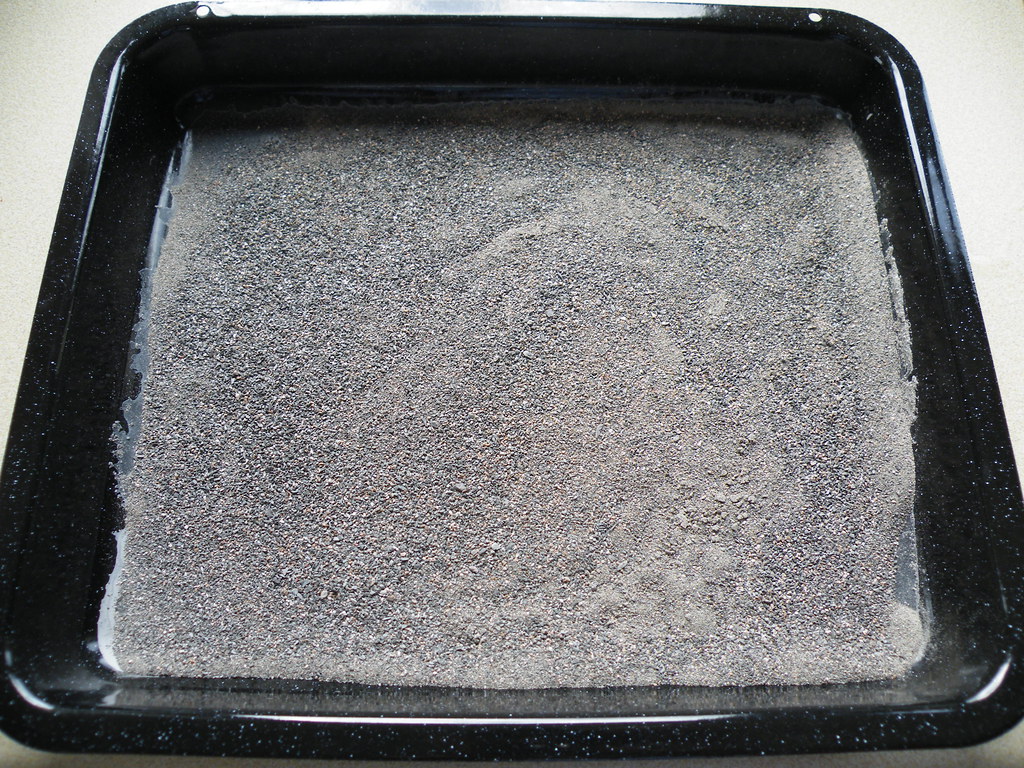
The Fine Residue - dried
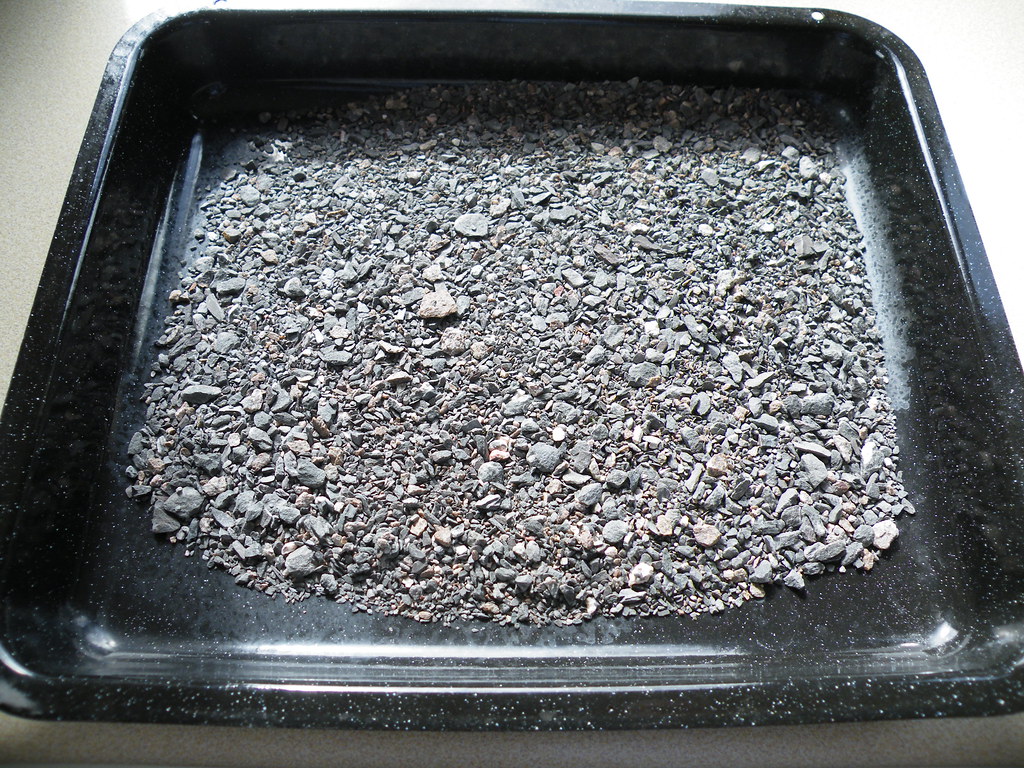
The Large Gravel - dried.
For using on the layout I made up my usual stiff mix of wall paper paste. The dried fine residue was then added to the already mixed paste:
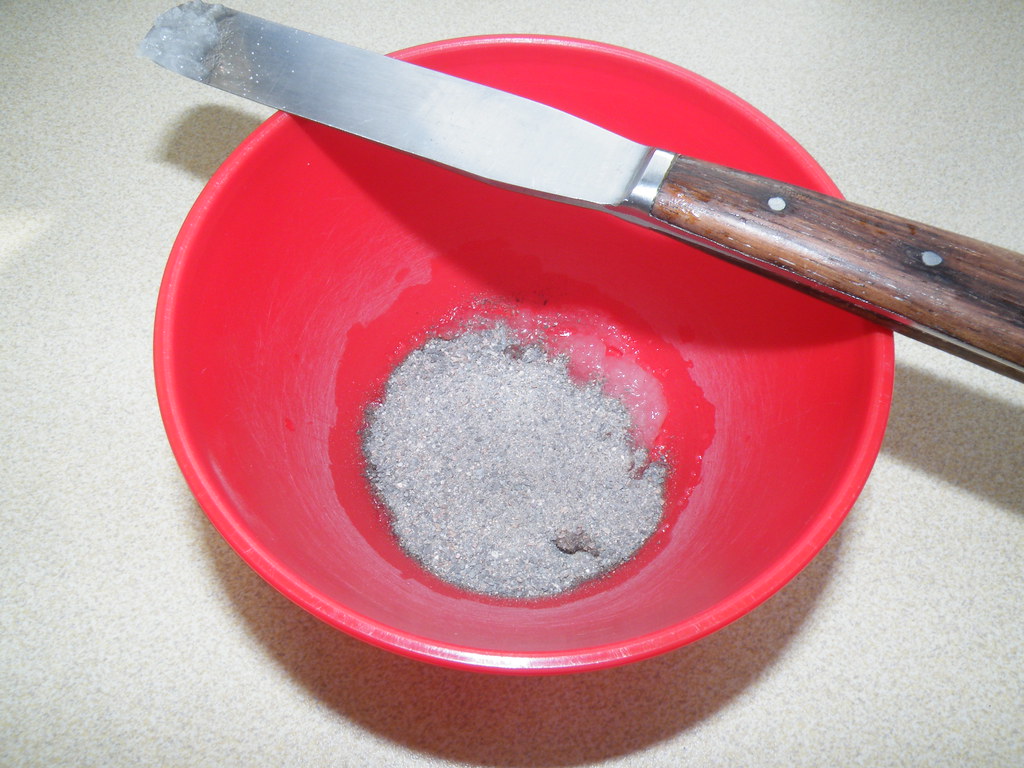
Wallpaper Paste and dry fine Residue
The quantity of fine residue added to the paste should be sufficient to produce a stiff mix – reminiscent to filling holes in plaster work!
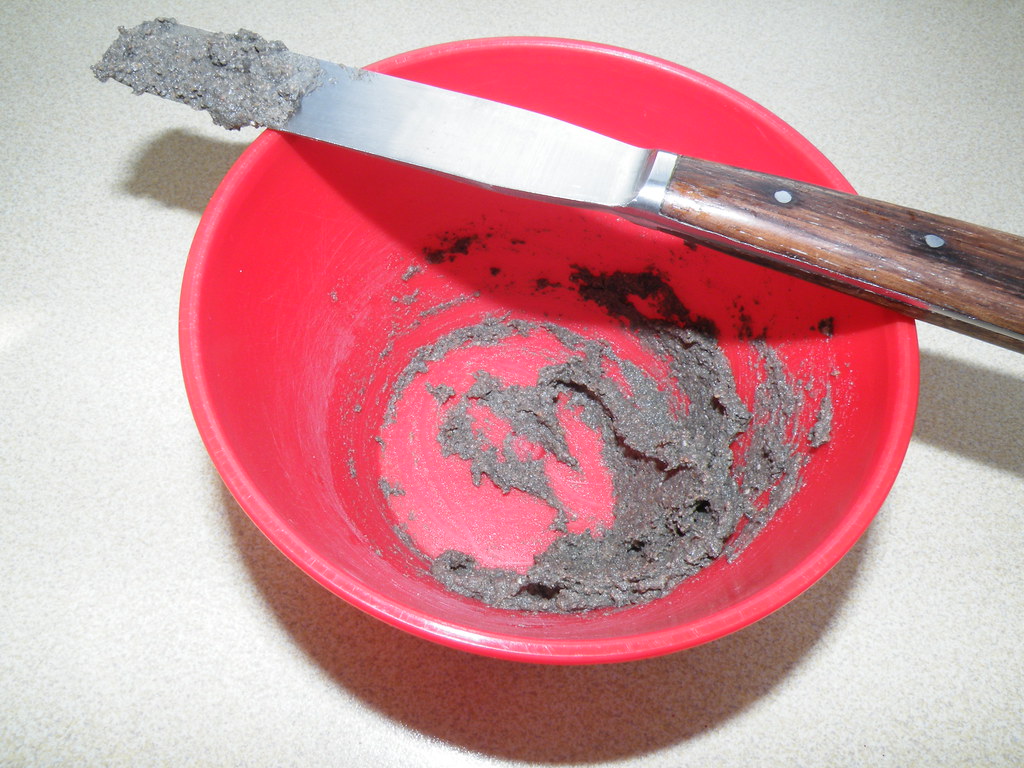
Scatter Mix ready for spreading
Another view of the finished product covering the areas between the running lines (they must be using lots of weedkiller?):
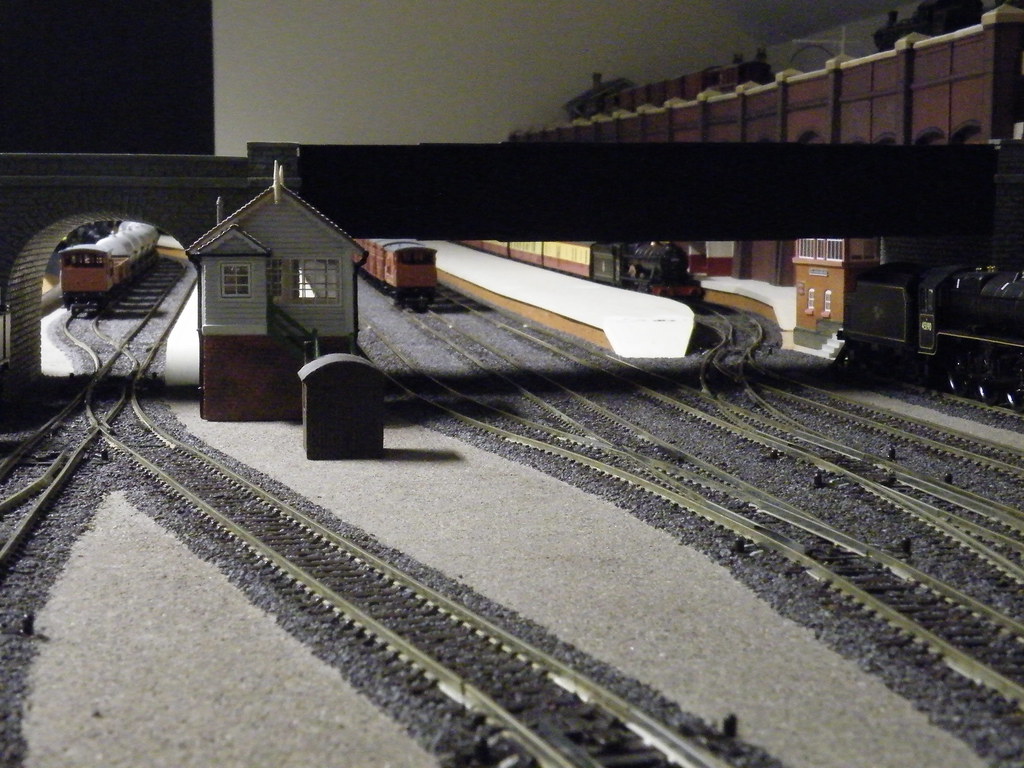
For the record our gravel came out of the borehole that was drilled for our heat pump.
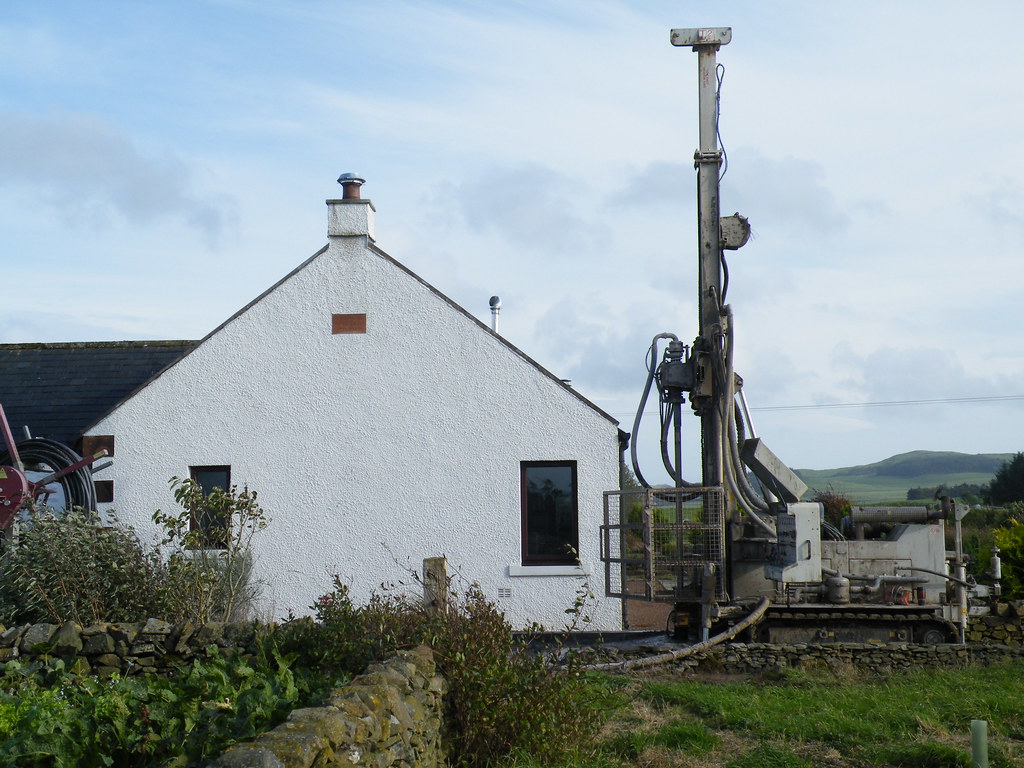
I would say that the basic technique could be applied to any sandy gravelly material such as beach sand, river sand, quarry waste or even garden soil.
Must get on and add some coal dust.
-
 5
5


.thumb.jpg.60c53fcbcaa34017b05b8919d1a9e6d2.jpg)

13 Comments
Recommended Comments
Create an account or sign in to comment
You need to be a member in order to leave a comment
Create an account
Sign up for a new account in our community. It's easy!
Register a new accountSign in
Already have an account? Sign in here.
Sign In Now